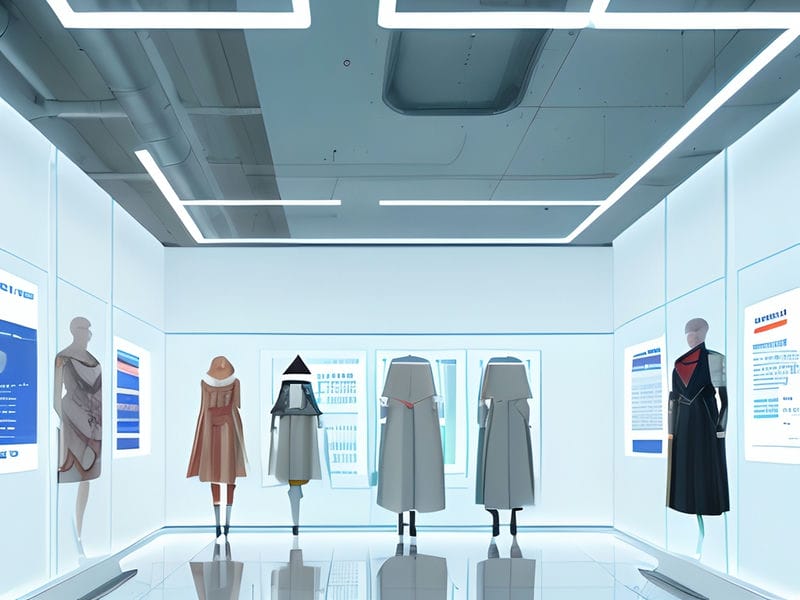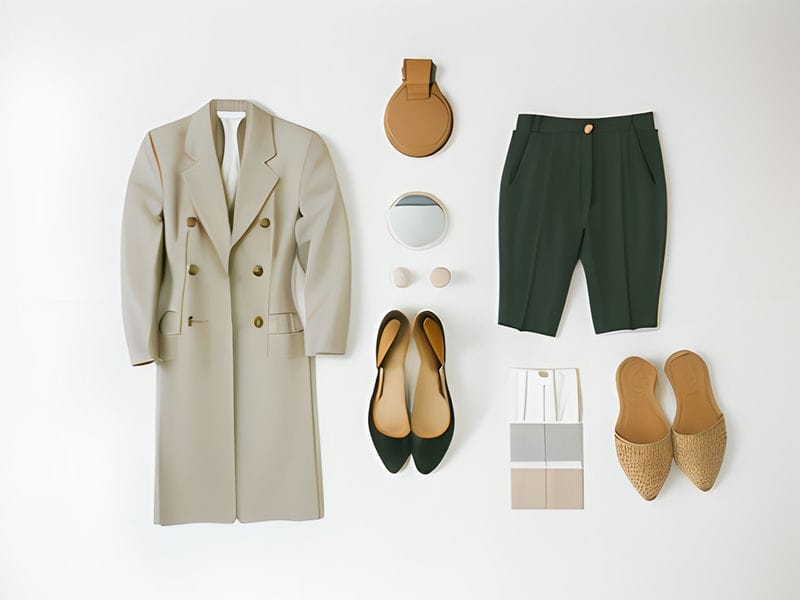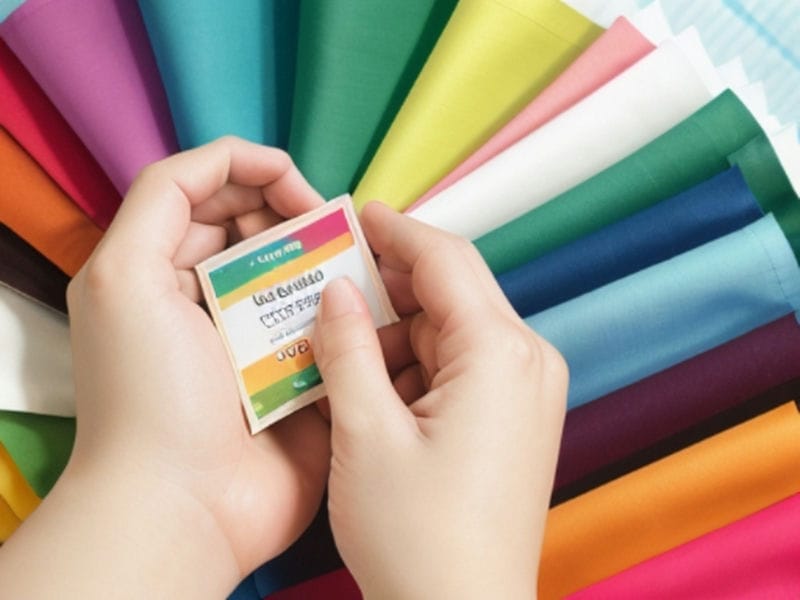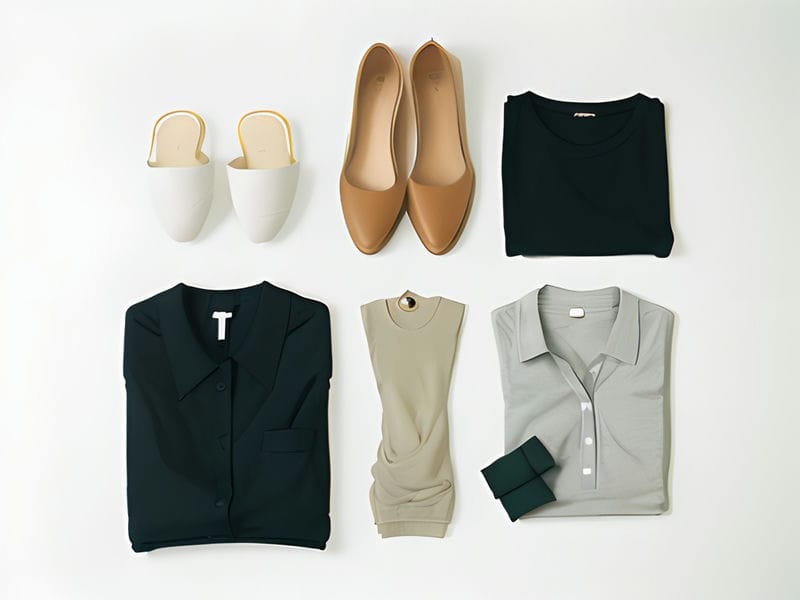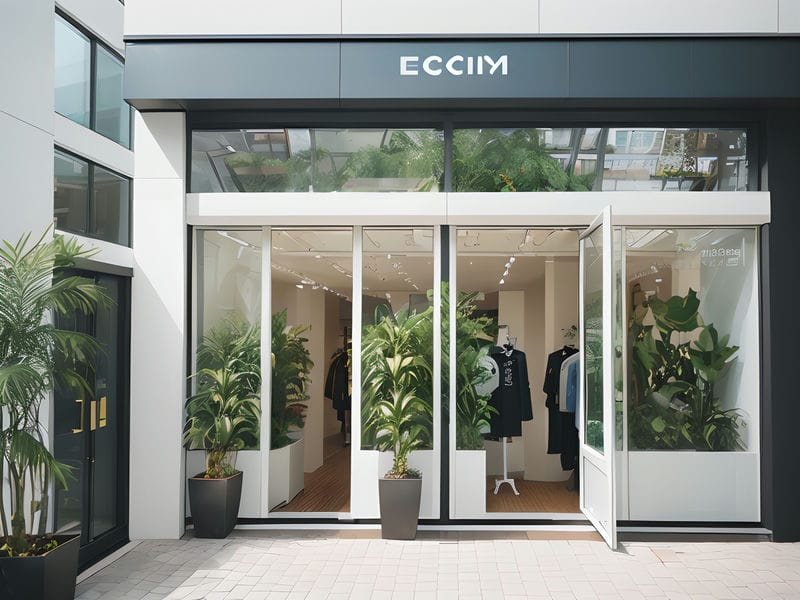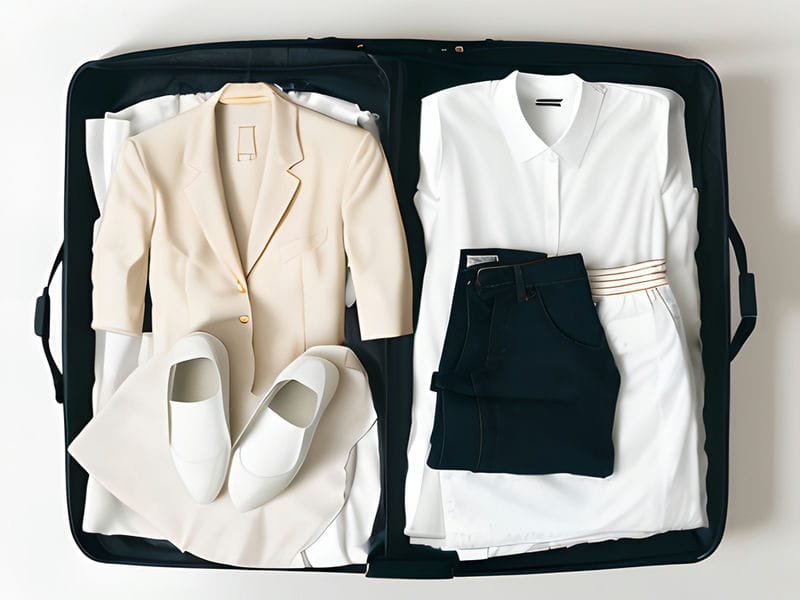
The Growth of Rental Services in Sustainable Fashion
The shift from traditional retail to online sales channels
The growth of rental services in sustainable fashion has been a game-changer in reducing waste in the fashion industry. By offering consumers the option to rent clothing and accessories instead of buying them, these services are helping to combat the issue of fast fashion and its detrimental impact on the environment.
One way in which rental services contribute to reducing waste is by promoting a more circular economy. Instead of purchasing items that may only be worn once or twice before being discarded, renting allows for multiple individuals to enjoy a single piece of clothing or accessory. This not only extends the life cycle of each item but also reduces the overall demand for new products, ultimately decreasing the amount of waste produced.
Hemp fabric is durable and sustainable Collaborative Collections Leading the Way in Eco Fashion PETA-Approved Vegan. Minimalist wardrobes reduce excess Organic and Natural Fiber Fabrics Cork Fabric. Additionally, rental services often prioritize high-quality, timeless pieces that are made to last. This means that items are less likely to end up in landfills after just a few uses, as they can be rented out multiple times before needing to be retired. By encouraging consumers to invest in well-made, durable pieces rather than disposable trends, rental services are helping to shift attitudes towards more sustainable consumption practices.
Furthermore, many rental services offer eco-friendly cleaning methods and packaging options, further minimizing their environmental footprint. From using non-toxic detergents to biodegradable garment bags, these companies are committed to reducing their impact on the planet at every step of the rental process.
In conclusion, rental services play a crucial role in reducing waste in the fashion industry by promoting a more sustainable approach to consumerism. Through their focus on circularity, quality over quantity, and eco-conscious practices, these services are paving the way towards a more environmentally friendly future for fashion.


